5 editor’s secrets to help you write like a pro
by Sonia Simone
Professional writers get work because they hit their deadlines, they stay on their message, and they don’t throw too many tantrums. Some pros have a great writing voice or a superb style, but as often as not, that gets in the way. When you know that the best word is “prescient,” it’s hard to swallow when an account manager tells you the client won’t know what it means.
Professional writers rely on editors to fix their clunks. Like good gardeners, sensitive editors don’t hack away—we prune and gently shape. When we’ve done a great job, the page looks just like it did before, only better. It’s the page the writer intended to write.
Editing, like writing, takes time to learn. But here are five fixes I make with nearly every project. Learn to make them yourself and you’ll take your writing to a more professional, marketable, and persuasive level.
1. Sentences can only do one thing at a time.
Have you ever heard a four-year-old run out of breath before she can finish her thought? I edit a lot of sentences that work the same way. You need a noun, you need a verb, you might need an object. Give some serious thought to stopping right there.
Sentences are building blocks, not bungee cords; they’re not meant to be stretched to the limit. I’m not saying you necessarily want a Hemingway-esque series of clipped short sentences, but most writers benefit from dividing their longest sentences into shorter, more muscular ones.
2. Paragraphs can only do one thing at a time.
A paragraph supports a single idea. Construct complex arguments by combining simple ideas that follow logically. Every time you address a new idea, add a line break. Short paragraphs are the most readable; few should be more than three or four sentences long. This is more important if you’re writing for the Web.
3. Look closely at -ing
Nouns ending in -ing are fine. (Strong writing, IT consulting, great fishing.) But constructions like “I am running,” “a forum for building consensus,” or “The new team will be managing” are inherently weak. Rewrite them to “I run,” “a forum to build consensus,” and “the team will manage.” You’re on the right track when the rewrite has fewer words (see below).
(If for some insane reason you want to get all geeky about this, you can read the Wikipedia article on gerunds and present participles. But you don’t have to know the underlying grammatical rules to make this work. Rewrite -ing when you can, and your writing will grow muscles you didn’t know it had.)
4. Omit unnecessary words.
I know we all heard this in high school, but we weren’t listening. (Mostly because it’s hard.) It’s doubly hard when you’re editing your own writing—we put all that work into getting words onto the page, and by god we need a damned good reason to get rid of them.
Here’s your damned good reason: extra words drain life from your work. The fewer words used to express an idea, the more punch it has. Therefore:
Summer months
Regional level
The entire country
On a daily basis (usually best rewritten to “every day”)
She knew that it was good.
Very
(I just caught one above: four-year-old little girl)
You can nearly always improve sentences by rewriting them in fewer words.
5. Reframe 90% of the passive voice.
French speakers consider an elegantly managed passive voice to be the height of refinement. But here in the good old U.S. (or Australia, Great Britain, etc.), we value action. We do things is inherently more interesting than Things are done by us. Passive voice muddies your writing; when the actor is hidden, the action makes less sense.
Bonus: Use spell-check
There’s no excuse for teh in anything more formal than a Twitter tweet.
Also, “a lot” and “all right” are always spelled as two words. You can trust me, I’m an editor.
Easy reading is damned hard writing.
~ Nathaniel Hawthorne
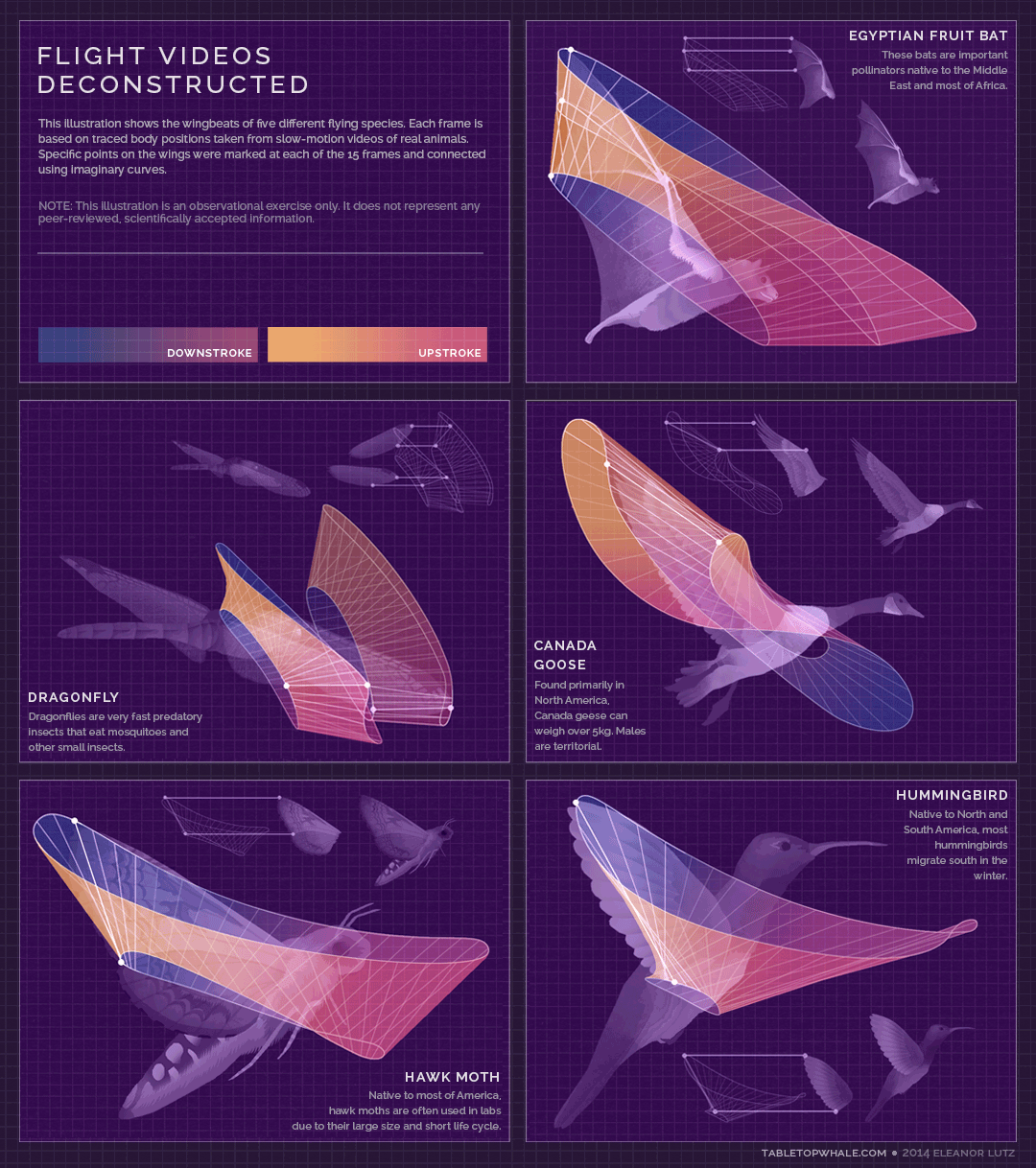



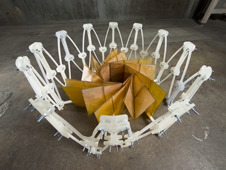



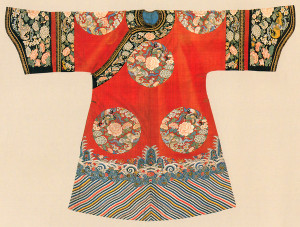

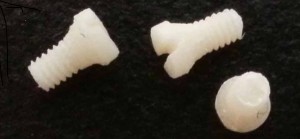



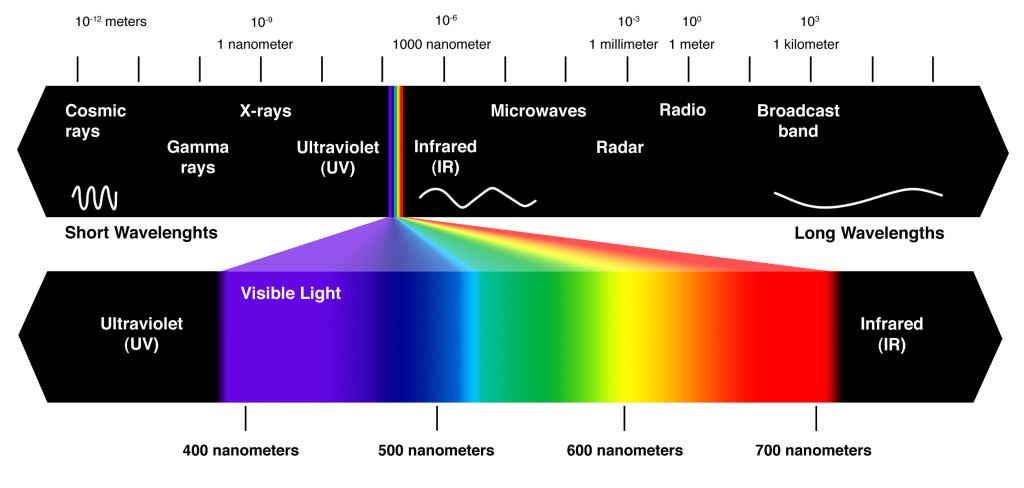


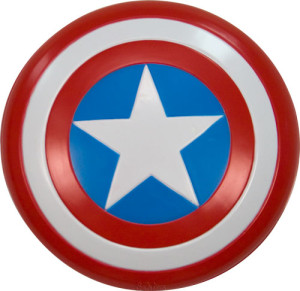



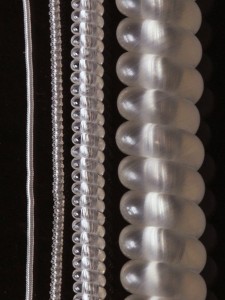








 CLICK on the image above to view a video about how Big Data and Technology is affecting all of our lives. This video was made by the BBC News Techology division, in a story titled:
CLICK on the image above to view a video about how Big Data and Technology is affecting all of our lives. This video was made by the BBC News Techology division, in a story titled: